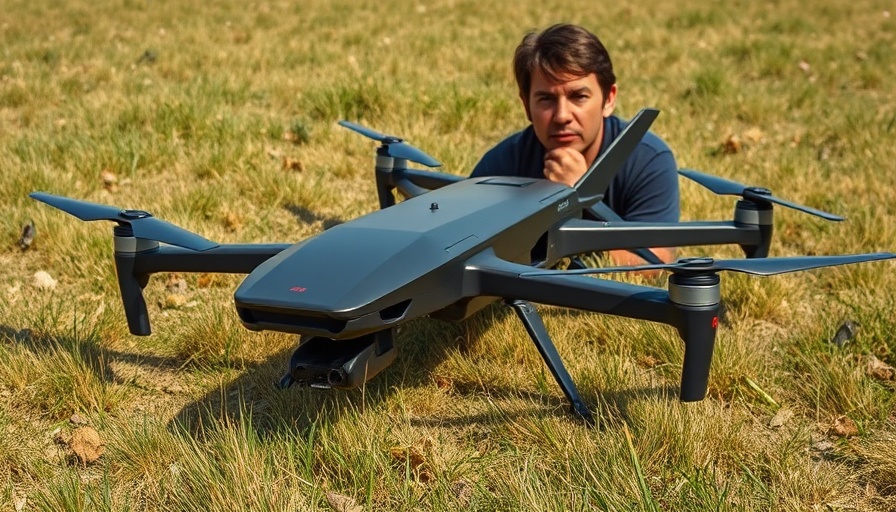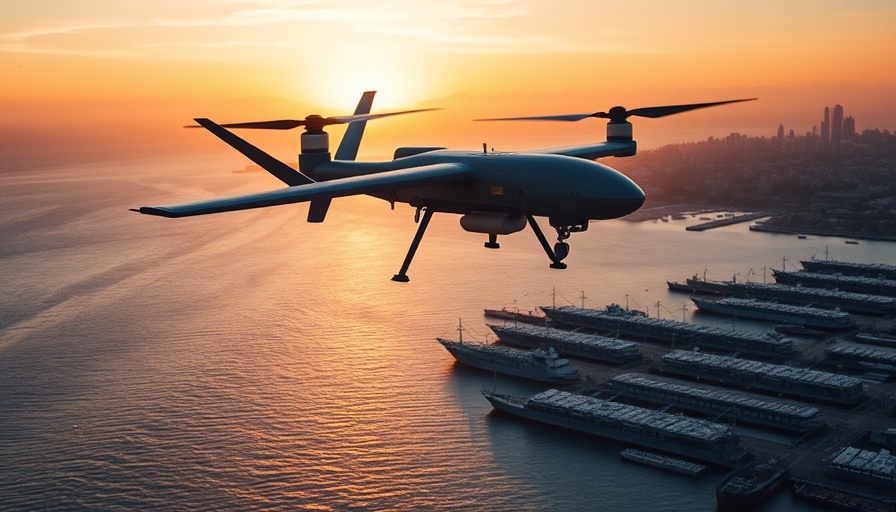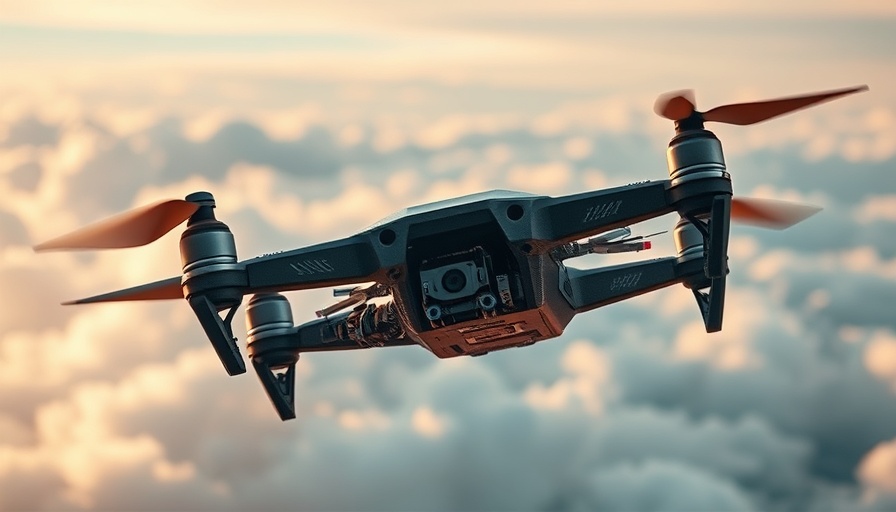
Russia's Drone Evolution: From Iranian Origin to a Lethal Upgrade
The Shahed drone, initially crafted in Iran, has transformed into a formidable weapon in Russia's military arsenal. Acquired in 2022, these drones not only serve as a financial boon for Tehran but have also granted Moscow a rapid entry into drone warfare without the lengthy delays of domestic development. As the war unfolded, these drones have undergone significant changes, positioning them as a relentless threat to Ukraine.
Mass Production and Increased Lethality
The numbers tell a compelling story. This summer alone, Russia launched an astonishing 15,933 Shahed attacks against Ukraine, highlighting their sustained offensive capability. The production rate is staggering, with estimates suggesting that soon, Russia could be manufacturing up to 1,000 drones daily. This is a stark shift to mass production that allows Russia to employ these drones in overwhelming waves of 500 to 700 at a time, often in concert with cruise and ballistic missiles.
Technological Advances: Speed and Control
Notably, the Shahed drones have evolved with critical technological advancements. Reports indicate a doubling in warhead size, enhancing their destructive capacity. However, the most significant upgrade is the integration of jet engines, which boosts their speeds from a modest 170-200 km/h to an impressive 500 km/h. This leap in speed not only improves their threat profile but also complicates interception efforts by Ukraine’s air defenses.
Remote Control and Targeting Capabilities
Before, Shahed drones followed preprogrammed paths. Recent developments, however, have introduced onboard cameras and modem antennas, granting them the ability to be remote-controlled. This upgrade represents a paradigm shift—the operators can now assess real-time conditions and adjust their attack strategies dynamically, marking a shift towards more tactical drone warfare.
With enhanced capabilities, the Shahed drones can now target moving objects effectively, capturing both vehicles and military equipment in their crosshairs. This newfound agility significantly increases their lethality, rendering conventional defense tactics less effective.
The Implications of Drone Warfare
As Moscow leverages the Shahed drones, the implications for modern warfare are profound. The evolution of these drones underscores the changing landscape of combat, where speed and remote piloting redefine engagements. As countries continue to innovate in drone technology, we may witness a broader trend of rapid adaptation in military strategies globally.
For tech enthusiasts and drone hobbyists, the Shahed’s journey from its Iranian roots to its advanced capabilities offers an insightful glimpse into the future of unmanned aerial systems and the impact of technology on warfare.
The evolution of the Shahed represents a significant leap in drone technology, demanding attention from military experts and casual observers alike. As this technology continues to develop, understanding its capabilities will be vital for anticipating its role on the battlefields of tomorrow.
 Add Row
Add Row  Add
Add 




Write A Comment